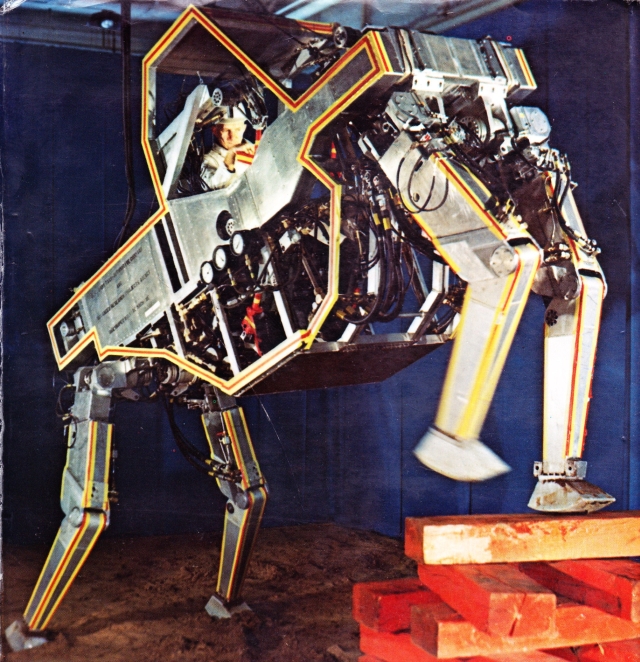
Claire Malrieux
Climat General College des Bernardins
Se référant à l’« Hypothèse Gaïa » de James Lovelock, Malrieux transforme la figure de Gaïa en une machine climatique autonome qui affiche un espace dynamique et organique, construit selon des flux de données empruntés aux principaux modèles climatiques prédictifs. A travers différents scénarios programmatiques, l’artiste met en évidence l’influence de l’homme sur son environnement, un environnement en perpétuelle mutation dont la fin ne peut être programmée. Car si l’entrée dans l’anthropocène marque la fin d’une Terre en extension, elle marque surtout le début d’autre chose : une situation différente dans le temps et dans l’espace. Un espace où le décor est en mouvance et dans lequel l’histoire humaine s’adapte et évolue.
L’usage simultané du dessin et des algorithmes permet de visualiser des interactions et des causes à effets habituellement invisibles, de les décoder et d’en interroger les enjeux.












